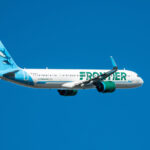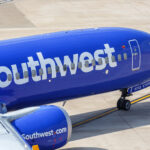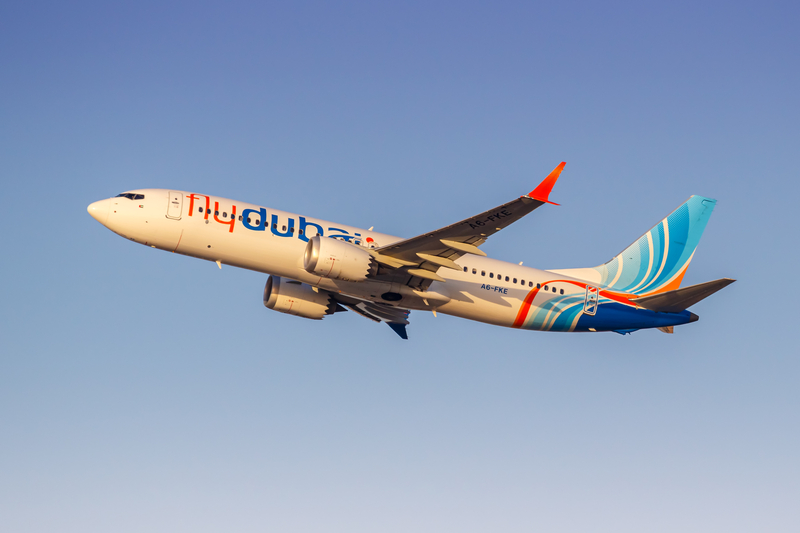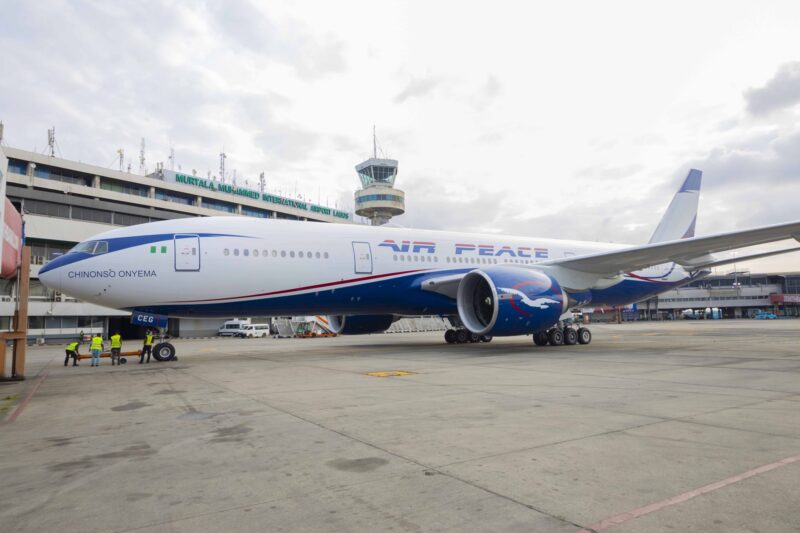Southwest Is Headed for Anchorage in 2026
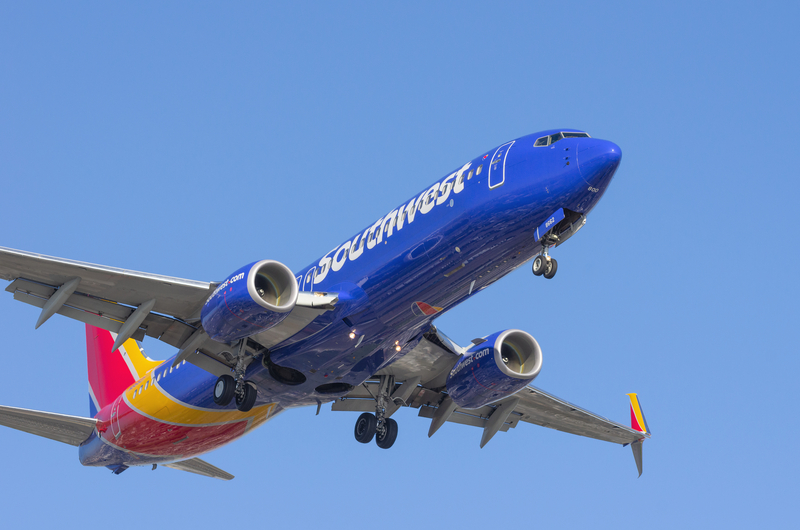
ID 154223263 | Southwest Airlines © Ajdibilio | Dreamstime.com
Southwest Airlines plans to plant its flag in Alaska next year, bringing service to Anchorage’s Ted Stevens International Airport in the first half of 2026. It’s a headline that would’ve sounded far-fetched a few years ago, but it fits neatly into Southwest’s recent pattern of pushing beyond its traditional comfort zone to widen the map and court leisure demand in peak seasons.
Why Anchorage, and why now?
Two reasons: demand and seasonality. Anchorage is the gateway to a state where air travel isn’t a luxury—it’s infrastructure. Summer traffic booms with cruise connections, national park tourism, and outdoor adventure, while winter brings a steady mix of business, government, and VFR (visiting friends and relatives) travel. That kind of highly seasonal, leisure-skewed profile used to make Southwest cautious. Lately, though, the airline has leaned into “sun-and-fun” flying and opportunistic new dots on the map when aircraft and crew capacity allow.
There’s also a strategic story. Southwest’s network strength radiates from Western hubs—Seattle, Oakland/San Jose, Sacramento, San Diego, Las Vegas, Phoenix, Denver. Anchorage sits at the top of that web. One-stop connectivity to the rest of the Lower 48 via those gateways is Southwest’s bread and butter, and it can build it with little extra complexity once ANC is online.
The competitive landscape Southwest will walk into
Alaska Airlines has long been the hometown champion, with the depth, schedule breadth, and local loyalty to match. Delta and United add seasonal and selective year-round service that leans toward hub connects. Southwest won’t displace any of that on day one—but it doesn’t need to. Its playbook is to stimulate demand with simple, high-frequency links to its own strongholds and let price elasticity do the rest. Expect introductory fares that put pressure on summer pricing and give price-sensitive travelers a new option alongside the incumbents.
What routes make the most sense
Southwest hasn’t filed schedules yet, but its network logic points to a few likely suspects for launch:
-
Seattle (SEA) as the “spine” for connectivity and high O&D demand.
-
West Coast gateways like Oakland/San Jose, Sacramento, and San Diego to feed California leisure traffic.
-
Desert leisure hubs—Las Vegas and Phoenix—where Southwest can fill planes year-round and sell half the cabin on connections.
-
Denver for Rockies-to-Alaska outdoors traffic and deep domestic connectivity.
Southwest typically starts with a handful of daily or near-daily flights on the most obvious city pairs, layers in weekend patterning for leisure peaks, and then adjusts after its first summer.
The onboard experience is changing, too
Southwest paired the Anchorage news with a broader cabin refresh: assigned and premium seating (a big philosophical shift from its open-seating heritage), free Wi-Fi for Rapid Rewards members (sponsored by T-Mobile), and in-seat power rolling across the 737-8 fleet and beyond. For long domestic legs to Alaska, power and reliable connectivity matter; those upgrades close a competitive gap with legacy carriers on comfort while keeping Southwest’s service simple.
What Alaskans and visitors can expect
-
Lower average fares in peak season. A new large competitor almost always nudges summer pricing down or at least caps it, especially on the West Coast anchor routes.
-
More schedule choice. Even a few additional daily departures widen your options for cruise embarkations, rail connections, and national park itineraries.
-
One-stop reach. Southwest’s ANC service will drop into a network of hundreds of same-day domestic connections, making places like Nashville, Kansas City, St. Louis, Austin, New Orleans, and Florida beach markets easier to reach without a legacy ticket.
Risks and realities
Anchorage is a fantastic summer market—and a tougher winter one. If Southwest overbuilds, it will trim quickly; if it’s conservative, expect add-as-you-go growth. Weather operations, crew logistics, and aircraft utilization in shoulder months require careful planning. None of that is new to Anchorage, but it’s new to Southwest, and there will be a learning curve.
How to play it as a traveler
If Anchorage is on your 2026 list, keep an eye on Southwest’s next schedule extension—fares often debut low, and Rapid Rewards points bookings are fully flexible. For complex trips (cruise + land, or multi-park loops), compare total journey time and bag policy: Southwest’s two free checked bags per person can outweigh a slightly longer connection if you’re hauling gear.
Bottom Line
Southwest’s arrival in Anchorage is a genuine milestone: the airline’s first step into the Great Land and its 43rd U.S. state. It won’t rewrite the Alaska market overnight, but it will add real competition, fresh capacity in peak season, and new one-stop options for travelers across the country. For Anchorage—and for flyers who love a summer under the midnight sun—that’s unequivocally good news.
